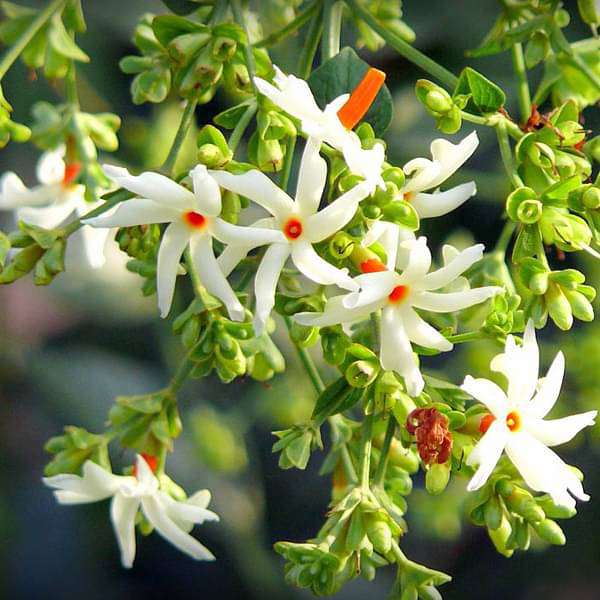
Parijat Tree, Parijatak, Night Flowering Jasmine - Plant
(MRP Inclusive of all taxes)
- Shipping ₹79 for entire order
- Dispatch in 7 days
- Country of origin: India

(MRP Inclusive of all taxes)
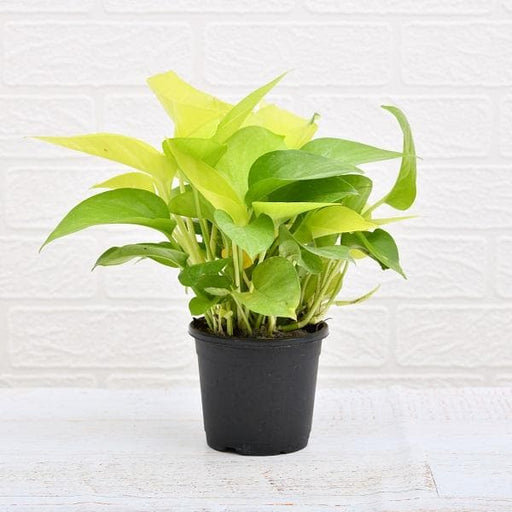 Save 29%
Save 29%
Air Purifier Money Plant with Pot The Air Purifier Money Plant, also known as Pothos or Epipremnum aureum, is a stunning indoor plant that...
View full details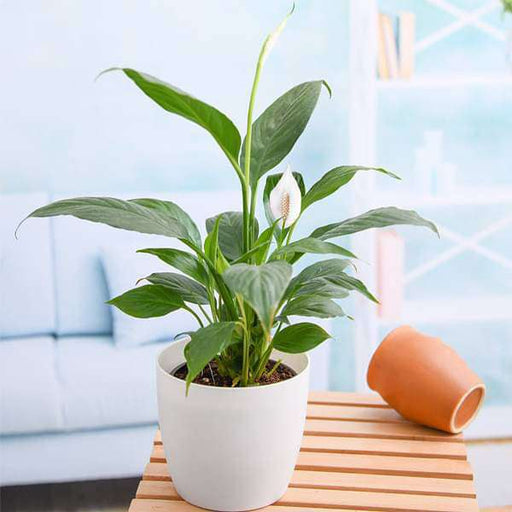
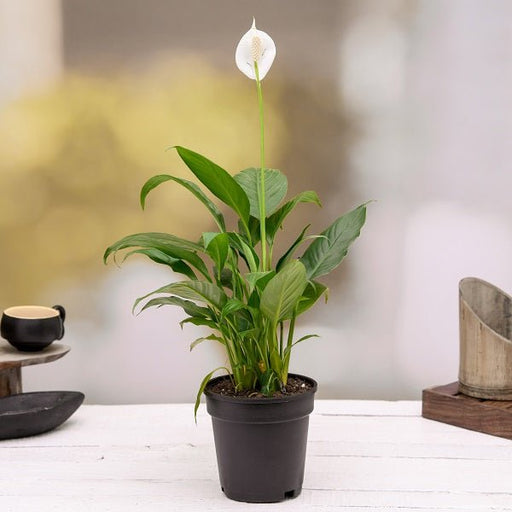 Save up to 15%
Save up to 15%
Peace Lily, Spathiphyllum - Plant The Peace Lily, scientifically known as Spathiphyllum, is a stunning houseplant celebrated for its elegant white...
View full details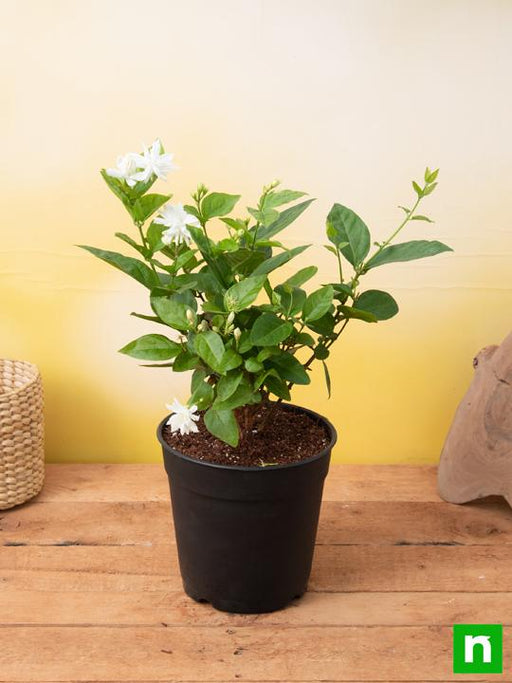
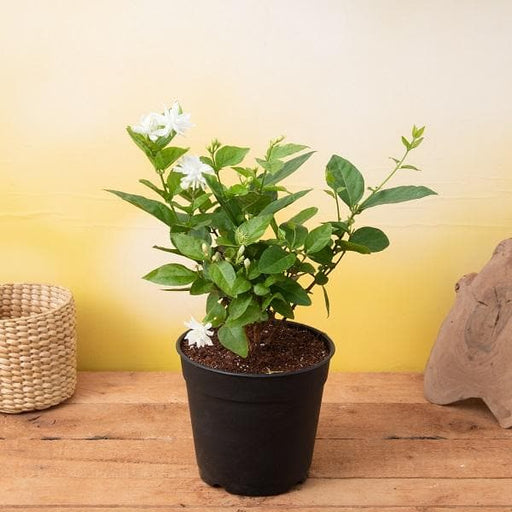 Save 25%
Save 25%
Jasminum sambac, Mogra, Arabian Jasmine - Plant Jasminum sambac, commonly known as Mogra or Arabian Jasmine, is a fragrant flowering plant...
View full details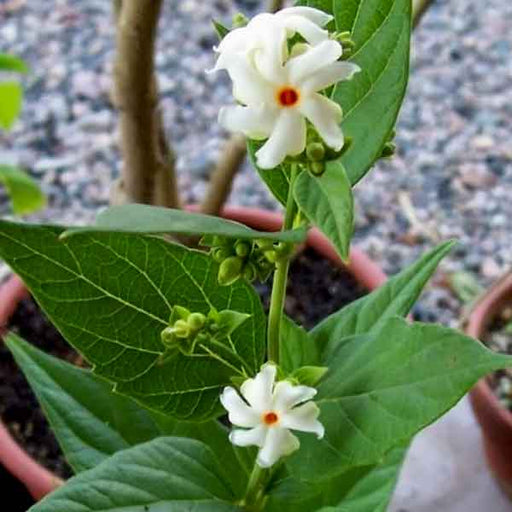
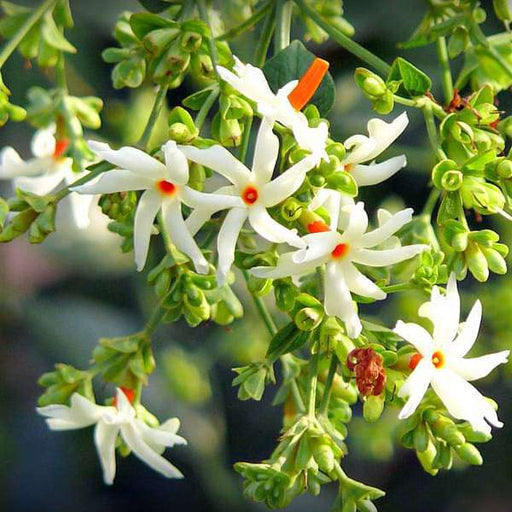 Save 18%
Save 18%
Combo Constituents Includes the Parijat Tree (Night-Flowering Jasmine), a culturally significant plant with fragrant flowers. Description The Pari...
View full details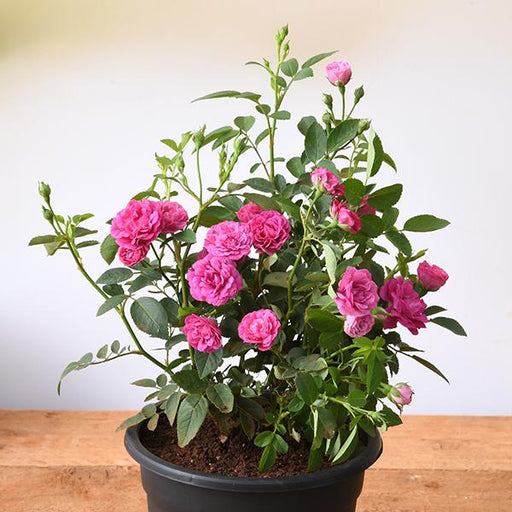
 Save 25%
Save 25%
Miniature Rose, Button Rose (Any Color) - Plant The Miniature Rose, also known as the Button Rose, is a charming and compact flowering plant that ...
View full details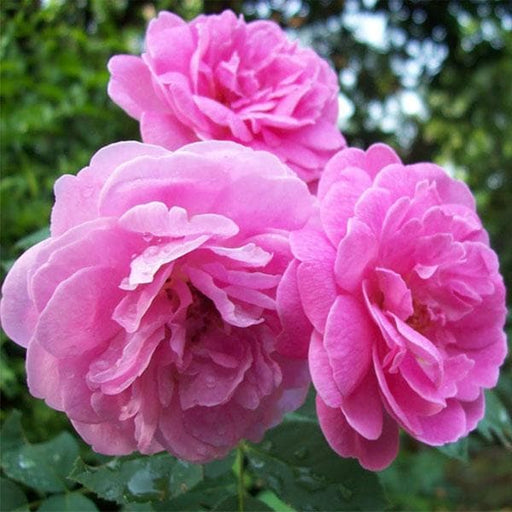 Save 25%
Save 25%
Damascus Rose, Scented Rose (Any Color) - Plant The Damascus Rose, also known as Rosa damascena, is a timeless symbol of beauty and romanc...
View full details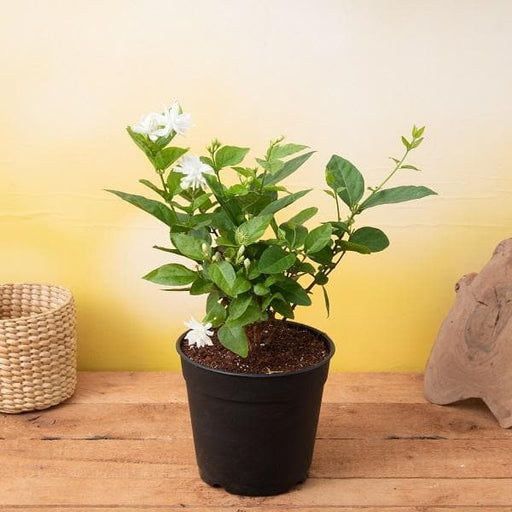
 Save 17%
Save 17%
Beautiful Fragrant Mogra, Arabian Jasmine Plant with Pot The Beautiful Fragrant Mogra, also known as Arabian Jasmine (Jasminum sambac), is...
View full details Save 15%
Save 15%
Pack of Vermicompost and Neem Cake for House Plants Transform your indoor garden with our premium Pack of Vermicompost and Neem Cake, spec...
View full details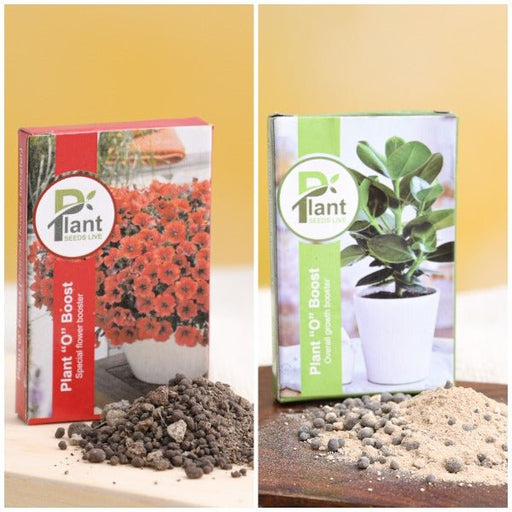
Pack of Plant Growth and Flower Boosters Unlock the full potential of your garden with our Pack of Plant Growth and Flower Boosters! This ...
View full details Save 38%
Save 38%
Combo of Jeevamrut and Neem Raksha for Easy Growth and Protection of Houseplants Transform your indoor garden with our exclusive combo of ...
View full details Save 22%
Save 22%
Plant Nutrients Kit (Pack of 16) for a Healthy Garden Transform your garden into a lush paradise with our Plant Nutrients Kit, featuring 1...
View full details Save 16%
Save 16%
Combo of Top Plant Fertilizers Elevate your gardening game with our exclusive Combo of Top Plant Fertilizers, featuring two bags of premiu...
View full details Save 24%
Save 24%
Pack of 4 Additives to Make Soil Healthy and Nutrient Rich Transform your garden into a thriving ecosystem with our Pack of 4 Additives de...
View full details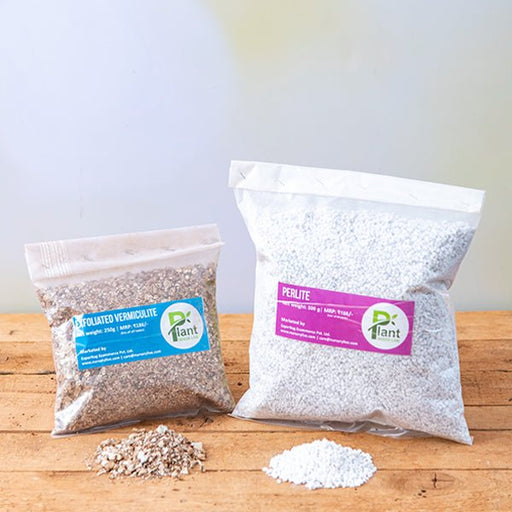 Save 30%
Save 30%
Transform your gardening experience with our premium Combo of Perlite and Vermiculite. This unique blend is designed to enhance soil aeration and ...
View full details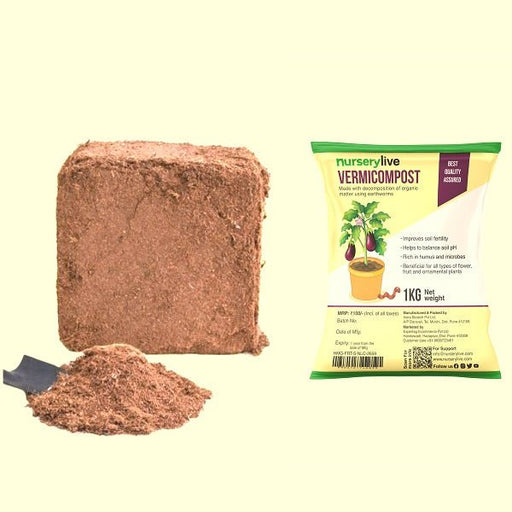 Save 27%
Save 27%
Combo of 2 Vermicompost and Cocopeat - Enrich Your Soil Naturally! Transform your garden into a thriving ecosystem with our Combo of 2 Ver...
View full details
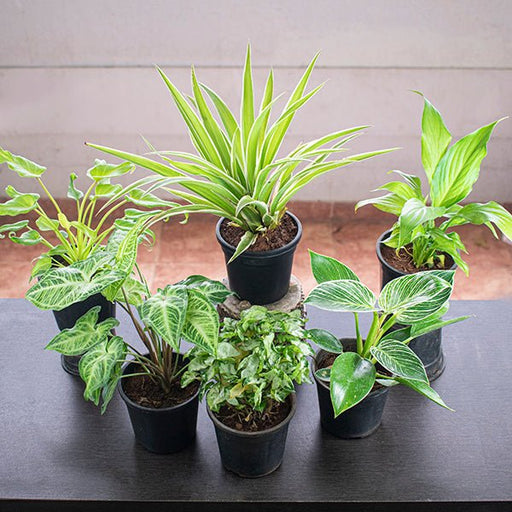 Save 35%
Save 35%
Best 6 Plants for Perfect Indoor Garden Transform your living space into a lush oasis with our curated collection of the Best 6 Plants for a...
View full details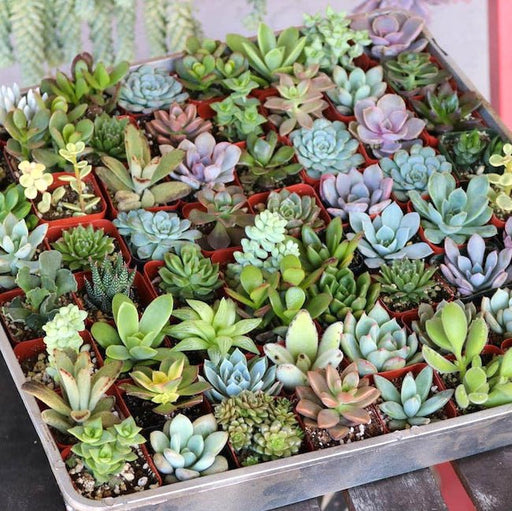
 Save up to 50%
Save up to 50%
Mini Succulent Garden Pack Transform your space with our Mini Succulent Garden Pack, featuring a delightful collection of 4 any variety beautiful s...
View full details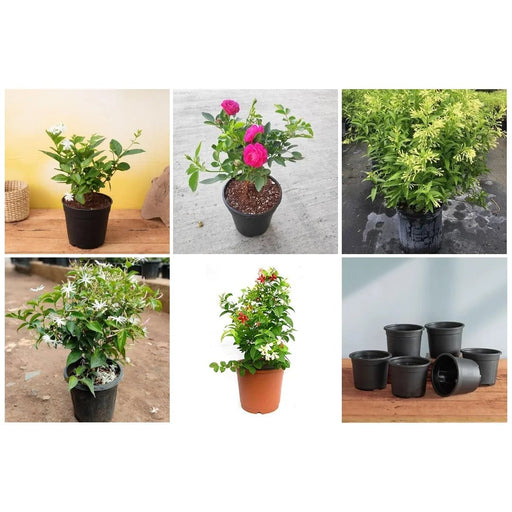
 Save 30%
Save 30%
5 Best Fragrant Plants Transform your garden or indoor space into a fragrant paradise with our curated selection of the 5 Best Fragrant Plants. Th...
View full details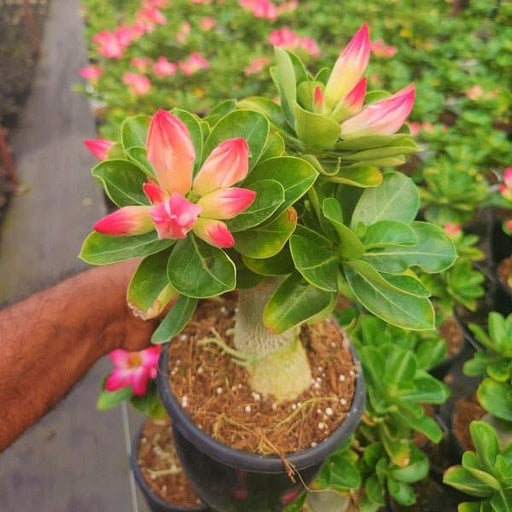
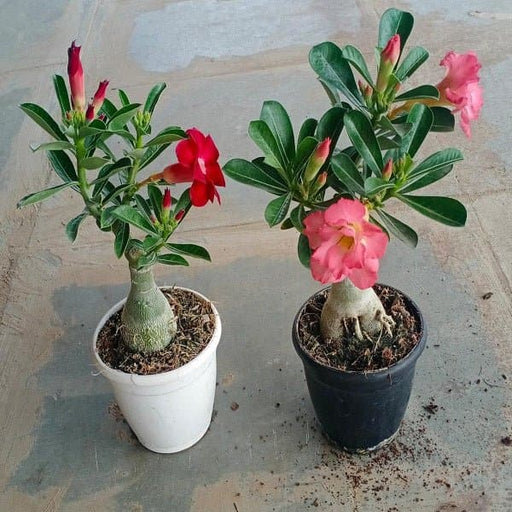 Save 24%
Save 24%
Set of 2 Bonsai Looking Grafted Adeniums Transform your indoor or outdoor space with our exquisite Set of 2 Bonsai Looking Grafted Adenium...
View full details Save 45%
Save 45%
Top 4 Die Hard Succulents Pack Transform your indoor or outdoor space with our Top 4 Die Hard Succulents Pack, featuring a curated selecti...
View full details
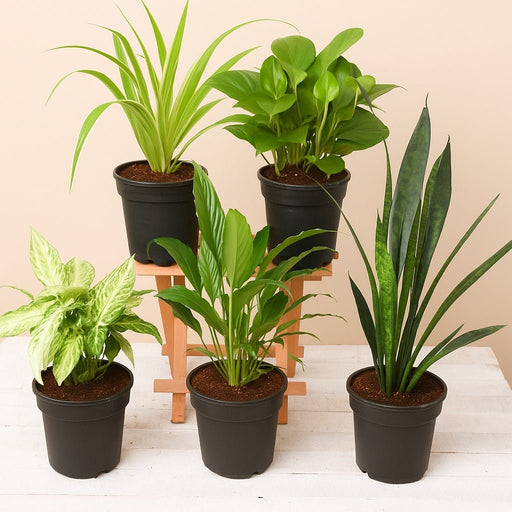 Save 30%
Save 30%
5 Best Indoor Plants Pack Transform your living space into a lush oasis with our '5 Best Indoor Plants Pack.' This carefully curated collection fe...
View full details
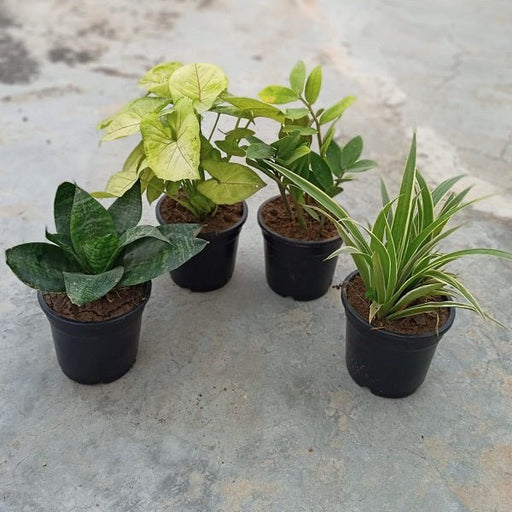 Save 25%
Save 25%
Set of 4 Evergreen Air Purifier Plant Pack Transform your indoor space into a lush, green oasis with our Set of 4 Evergreen Air Purifier Pla...
View full details| SrNo | Item Name | Qty |
|---|---|---|
| 1 | Parijat Tree, Night Flowering Jasmine Plant | 1 |
Includes the Parijat Tree (Night-Flowering Jasmine), a culturally significant plant with fragrant flowers.
The Parijat tree, also called Night-Flowering Jasmine or Coral Jasmine, is known for its nocturnal blooms that spread a sweet, floral aroma. Revered in Indian mythology, it symbolizes love, devotion, and resilience. Its fragrant white flowers with orange centers bloom at night and fall gracefully by morning. A low-maintenance plant, it is ideal for gardens or sunny balconies, bringing beauty and fragrance to any space.
Sunlight: Requires 6+ hours of sunlight or bright indirect light.
Soil: Well-drained, nutrient-rich soil with organic content.
Watering: Water when the topsoil feels dry; avoid overwatering, especially in winter.
Fertilizer: Apply organic fertilizer monthly during the growing season.
Temperature: Thrives in 16 to 32°C.
Care Tips: Place in indirect light for the first two weeks after planting, ensure proper drainage, and avoid disturbing the roots.
Bloom Time: August to December.
Flower Color: White with an orange center.
Maximum Height: Up to 10 meters.
According to Hindu mythology, the Parijat tree was brought to Earth by Lord Krishna. It is also valued in traditional medicine for treating ailments like arthritis and skin diseases. This tree is a symbol of hope and regeneration, inspiring resilience in challenging times.
The Parijat tree is a perfect blend of beauty, fragrance, and cultural heritage, making it an excellent choice for any garden or outdoor space.
Imagine a tree that not only looks good but also plays the role of a wellness guru. The Parijat tree is like that friend who always has a remedy for your ailments. From soothing your skin to calming your mind, this tree is a natural pharmacy. Its leaves and flowers are used in traditional medicine to treat a variety of conditions, including arthritis and anxiety. So, if you’re looking for a plant that’s both beautiful and beneficial, the Parijat tree is your go-to.
The Parijat tree is not just a pretty face; it’s a celebrity in the world of mythology. Known as the tree of the gods, it’s said to have originated from the ocean of milk during the churning of the ocean by the gods and demons. This tree has a VIP pass to the celestial realms and is often associated with divine love and eternal life. Plant one in your garden, and you might just feel a little more divine yourself.
Taking care of a Parijat tree is like having a low-maintenance pet. It doesn’t demand much, just a little sunlight, water, and love. This tree is a survivor, thriving in various soil types and weather conditions. It’s like the plant version of a superhero, resilient and strong. So, if you’re not exactly a green thumb, don’t worry. The Parijat tree is forgiving and will still grace your garden with its fragrant blooms.
The Parijat tree is the Swiss Army knife of the plant world. Its flowers are not just for show; they’re used in perfumes, teas, and even as a natural dye. The leaves? They’re like nature’s band-aid, used in traditional medicine to heal wounds and reduce inflammation. This tree is the ultimate multitasker, proving that beauty and utility can coexist. So, if you’re looking for a plant that does it all, the Parijat tree is your answer.
The Parijat tree is like the philosopher of the plant kingdom, rich in symbolism and meaning. It represents eternal love, devotion, and the cycle of life and death. In many cultures, it’s seen as a bridge between the earthly and the divine. Planting a Parijat tree in your garden is like adding a touch of poetry to your landscape. It’s a reminder that life is beautiful, fleeting, and full of meaning.
The Parijat tree is like that friend who always knows how to make an entrance. Its flowering season is a spectacle, with fragrant blooms that light up the night. Typically flowering from late summer to early winter, this tree is a night owl, releasing its intoxicating scent as the sun sets. It’s like nature’s own evening perfume, making your garden the place to be after dark.
The fragrance of the Parijat tree is like a love letter from nature. It’s sweet, intoxicating, and utterly unforgettable. Imagine walking through your garden and being enveloped in a scent that’s both calming and invigorating. It’s like aromatherapy on steroids, turning your outdoor space into a sanctuary of relaxation. If you’re looking to add a touch of magic to your garden, the Parijat tree’s fragrance is the way to go.
The leaves of the Parijat tree are like nature’s little green miracles. They’re not just there for decoration; they’re packed with medicinal properties. Used in traditional medicine, these leaves are like a natural first-aid kit, helping to treat everything from fevers to skin conditions. So, the next time you see a Parijat tree, remember that its leaves are more than just foliage; they’re a testament to nature’s healing power.
The Parijat tree is like the Goldilocks of the plant world—not too tall, not too short, but just right. Typically reaching heights of 10 to 15 feet, it’s the perfect size for any garden. It’s tall enough to make a statement but not so tall that it overshadows everything else. This tree is like the perfect party guest, bringing beauty and charm without stealing the spotlight.
The seeds of the Parijat tree are like little packets of potential. They hold the promise of new life and the continuation of a beautiful legacy. Planting these seeds is like embarking on a journey of growth and transformation. It’s a reminder that from small beginnings, great things can grow. So, if you’re looking to add a touch of wonder to your garden, start with the seeds of the Parijat tree.
The Parijat tree is like a world traveler, adaptable to various climates and conditions. It’s native to South Asia but has made itself at home in gardens around the world. This tree is like the ultimate survivor, thriving in both tropical and subtropical environments. It’s a testament to the resilience of nature, proving that beauty can flourish in even the most challenging conditions.
The Parijat tree is like a spiritual guide in plant form. It’s revered in many cultures for its connection to the divine and its ability to inspire peace and tranquility. This tree is like a living meditation, offering a sense of calm and serenity to all who encounter it. Planting a Parijat tree in your garden is like inviting a little piece of heaven into your life.
The Parijat Tree, also known as Night Flowering Jasmine, is a mystical plant that blooms at night and sheds its fragrant flowers by morning. It's like the Cinderella of the plant world, leaving a trail of aromatic beauty before the sun rises.
This plant is the night owl of the floral kingdom. It blooms under the moonlight, releasing a sweet fragrance that could make even the stars jealous. By morning, it drops its flowers, leaving a perfumed memory behind.
The Parijat Tree thrives in tropical and subtropical climates. It’s like a sun-loving beachgoer, but with a penchant for moonlit parties. Just give it well-drained soil and a sunny spot, and it’ll reward you with its nocturnal blooms.
Caring for a Parijat Tree is like hosting a low-maintenance guest. Water it regularly, but don’t drown it. Give it sunlight, but not a sunburn. Prune it occasionally, and it’ll grace you with its fragrant flowers without much fuss.
The Parijat Tree is like nature’s little pharmacy. Its flowers and leaves are used in traditional medicine for their anti-inflammatory and antioxidant properties. Plus, it’s a natural air freshener, making your garden smell like a floral paradise.
Growing Parijat indoors is like trying to keep a party animal at home. It prefers the great outdoors, but if you must, give it plenty of sunlight and space. Just don’t expect it to bloom as profusely as it would under the stars.
The Parijat Tree holds a special place in Hindu mythology, making it the VIP of sacred plants. It’s believed to be a divine gift, with its flowers often used in religious rituals. It’s like the spiritual celebrity of the plant world.
The Parijat Tree can grow up to 10 meters tall, making it the skyscraper of your garden. But don’t worry, it won’t overshadow your other plants. It’s more of a gentle giant, offering shade and fragrance without being overbearing.
The Parijat Tree is generally pest-resistant, but occasionally, aphids and spider mites might crash the party. Treat them with insecticidal soap or neem oil, and your tree will be back to its fragrant self, ready to host its nocturnal blooms.
The Parijat Tree blooms from late summer to early winter, like a seasonal performer with a limited engagement. Its flowers appear nightly, offering a fragrant show that’s worth staying up for. Just don’t expect an encore in the morning.
Absolutely! Parijat flowers are like nature’s confetti. Use them to decorate your home, float them in water bowls, or string them into garlands. They’ll add a touch of elegance and fragrance to any setting, making you the host with the most.
While Parijat flowers are not typically consumed, they are used in traditional medicine. Think of them as the herbal tea of the plant world—more for their health benefits than their culinary appeal. So, admire their beauty, but maybe skip the salad."